Proper Use of VHF Channels 16 and 13 by Roger Long
This also applies to passing and meeting discussions. Every vessel on waterways such as the ICW should be monitoring 13 as well as 16 for situational awareness about the bridges and what commercial traffic is doing. Few do so however so you will usually need to hail a vessel you are overtaking on 16 if you want to alert them. If your call is just, “Rover, this is Sea Queen passing you to port.” and all you need back it “Roger” or “Go Ahead”, then that is OK. However, if you want to ask which side, do they want a slow pass, etc., you should ask them to switch to another channel first. If someone overtaking you asks questions requiring more than a one word response, you should ask them to switch to another channel.
Following frequent USCG admonishments a couple days ago, most ICW travelers were switching to 17 or 68 for passing discussions after an initial 16 hail. This is fine but it makes more sense to use the channel identified for the purpose. Contrary to urban legend, 13 is not a channel for commercial craft. It just sounds like it because professionals use it as intended. 13 is the Bridge (helm) to Bridge (helm) channel for exchange of navigational information between vessels in a common situation such as passing or meeting. If you listen to it in busy areas such as the Saint John River, you’ll learn that the professionals NEVER call each other on 16 first. A direct hail on 13 is appropriate and saves 16 clutter. The reason commercial vessels hail recreational vessel on 16 first is because they know most yacht drivers are ignorant and don’t waste time trying to get them the proper way first. In the Saint John River, if you listen, you’ll discover that the pilots almost always hail yachts on 13 first because they want to follow correct procedure. You can then hear the eye roll (another idiot) as they hail on 16 and ask for a switch to 13. I’ve often heard them tell yachts to please stay on 13 all the time they are in the river.
We have a sign just below our name board that says, “Hail CH 13 to Pass”. It saves a lot of 16 airtime and button pushing. I monitor 16 (as legally required) via dual watch and switch to that for the few boats that ignore the sign. I have had many commercial professionals complement me on the sign and tell me they wish every yacht had one. An aside: Commercial vessels hate being hailed on 16 for passing and meeting calls because they are all using 13 as their primary channel and are required, unlike recreational craft, to have it on a second radio which may be located farther out of reach and which they seldom use. Calling them on 13 tells them that you know your radio procedure. I now use 13 as my primary channel on the waterways because my sign will bring most passing calls in on it. If I need to talk to someone in a hurry, it will probably be a tug and barge coming unexpectedly around a bend. They don’t come around unexpectedly as much any more because I have been listening to 13 and hearing them all along.
A big reason for using 13 is also that it defaults to low power so that you are not sharing your navigational discussions with boats 20-30 miles in each direction. 16 defaults to high power. Even if you know to hit the H/L button, every time most radios return to 16 from another channel to to scan or operator switch, 16 will be switched to 25 watts. Almost nobody, including myself, can remember to press H/L EVERY time before making a 16 transmission to a nearby boat or marina. Getting the waterway cruising community used to using 13 properly would eliminate a lot of 16 clutter. This would be of major benefit to vessels taking the outside route. They have to listen to the “This is the trawler behind the white sailboat. We hope you are having a very nice day and would like to know which side you would like us to pass on and whether you would like a slow pass.” drivel all the way down. I have had many tell me that the fear during the fall snowbird parade that they are afraid the could not get a distress heard in event of fire or sudden flooding. Just listening to it all day long is also annoying.
After you have figured out your passing arrangements on 13, if you want to tell the other vessel how nice it is, talk about where they are going, etc., then it is time to switch to another working channel. If your initial call to a nearby vessel is not about passing, meeting, or other exchange of navigation information, then the initial hail should be on 16 followed by switching to a working channel.
I’ve been massively flamed on the Internet for these thoughts but have yet to have one commercial professional disagree with me.



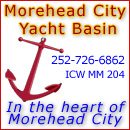

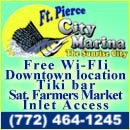




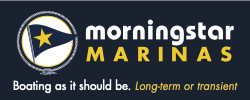
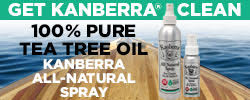

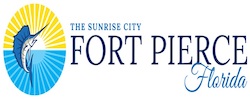
Comments from Cruisers (1)
The poster is correct. Mandatory pump out unless you can produce a pump out log showing a recent pump out